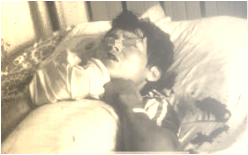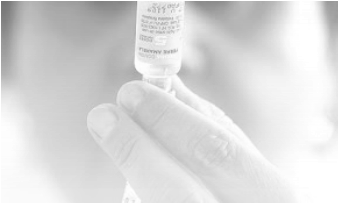It is estimated that 15 to 50 % of people infected with YF develop illness, beginning abruptly with fever, chills and headache. Of those that develop illness, approximately 57 to 85 % will abort their infection and recover without developing classic YF. Classic YF is characterised by three clinical illness stages: infection, remission, and intoxication.

Diagnosing yellow fever based on signs and symptoms can be difficult because early in its course, the infection can be easily confused with malaria, typhoid, dengue fever and other viral hemorrhagic fevers. If you have yellow fever, your blood may reveal the virus itself. If not, blood tests known as enzyme-linked immunosorbent assay (ELISA) and polymerase chain reaction (PCR) also can detect antigens and antibodies specific to the virus. Results of these tests may not be available for several days.

In the past, this disease caused great problems in other areas of the world. Epidemics during the Spanish American War, and particularly the epidemic in Philadelphia in the 19th century, killed thousands of people. Early in the 20th century, scientists discovered the cause of yellow fever, and soon afterward, a vaccine was developed that has essentially eradicated the disease in the US and other parts of the world. Vaccines are less available to people in poorer areas. Thus parts of Africa and South America are prime targets for contracting the disease because people do not have the vaccine available, but in modern day society vaccinations and precautions are given and it is lease more likely for someone to catch the deadly disease.


